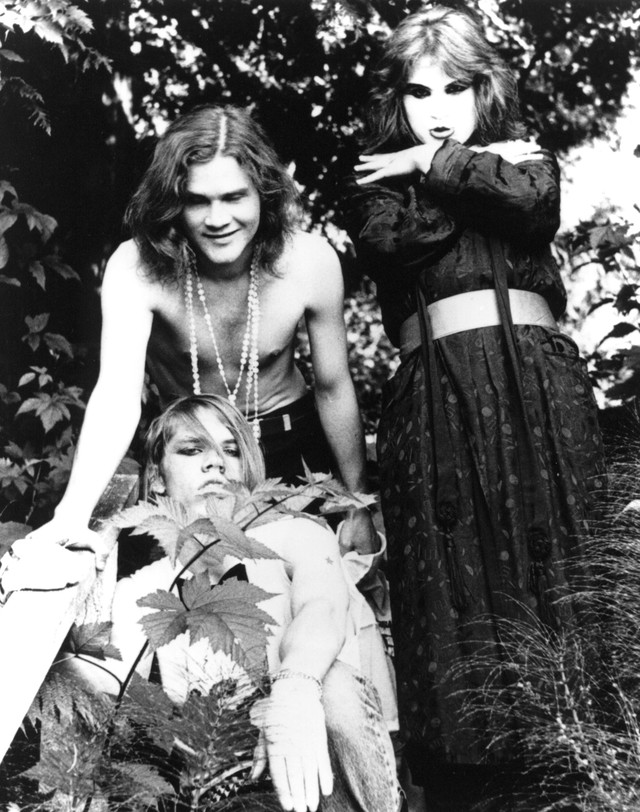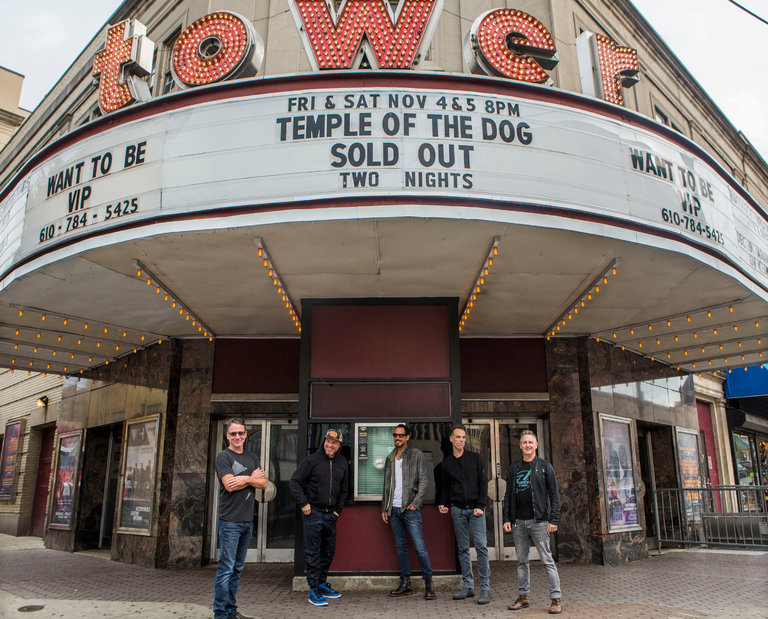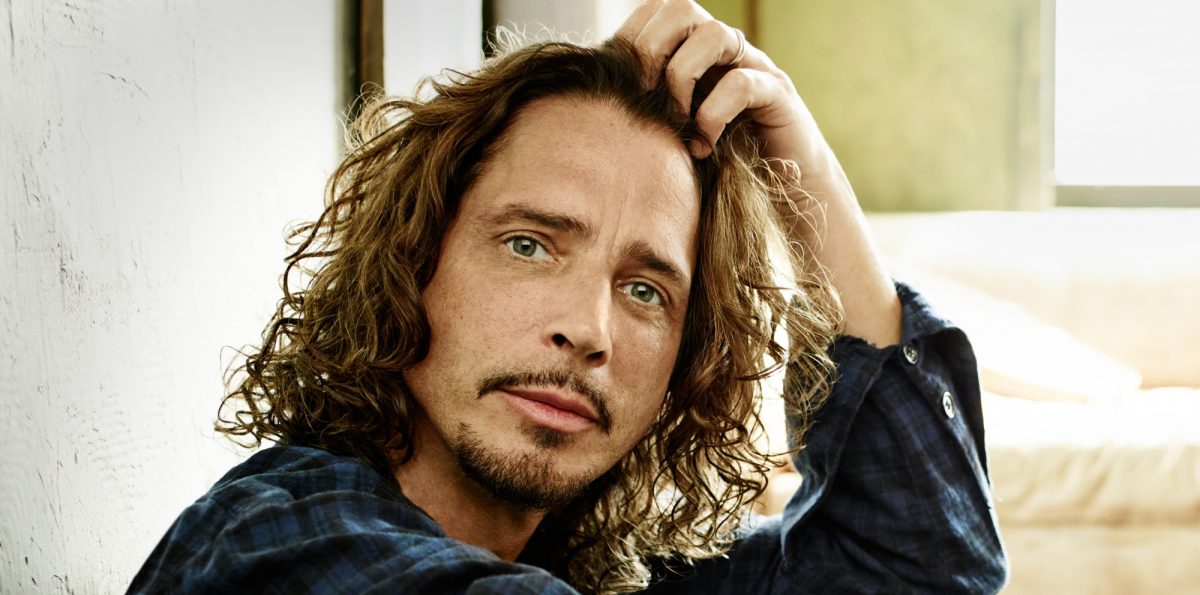Malfunkshun was a Seattle-based rock band formed in the early 1980s, credited as one of the pioneers of the grunge movement. The band was formed by brothers Kevin Wood and Andrew Wood, who were both passionate about music from a young age.
Malfunkshun’s music was a fusion of hard rock, heavy metal, and punk, with influences from bands like Black Sabbath, Led Zeppelin, and the Stooges. The band’s sound was characterized by Andrew Wood’s powerful vocals, which had a distinctive range and were often compared to those of Freddie Mercury and Robert Plant.
The band released a few demo tapes and played local gigs, but they never managed to record a full-length album before dissolving in 1988, but their work was later edited in Return to Olympus by Loosegroove, a label launched by Gossard and Ament, band-mates of Andrew Wood in Mother Love Bone that formed Pearl Jam.
Andrew Wood died of a drug overdose in 1990. The loss of Wood was a huge blow to the Seattle music community, and his death is often cited as one of the reasons why grunge became so popular in the early 1990s, with Temple of the Dog being a tribute album to him, among other things.
In the years since Andrew Wood’s death, Malfunkshun’s legacy has continued to grow. The band’s music has been reissued on several occasions, and Kevin Wood has continued to play and record music under various names. Malfunkshun’s influence on the grunge movement can still be heard in the music of bands like Soundgarden, Alice in Chains, and of course, Pearl Jam.


